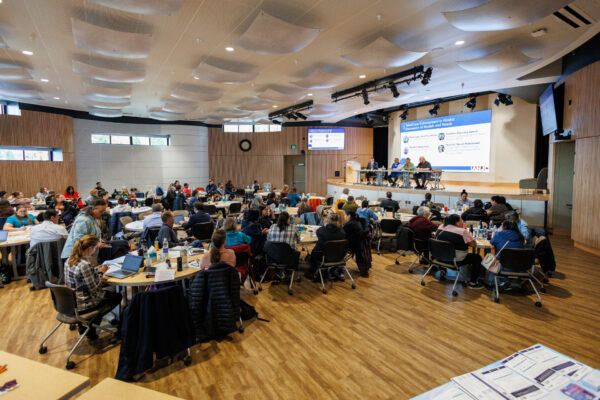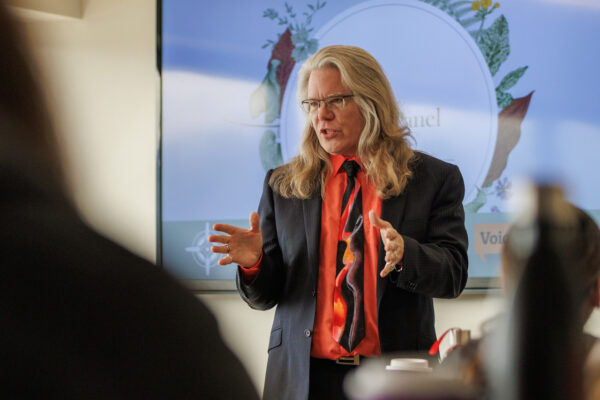On September 22-23, 2025, the Alask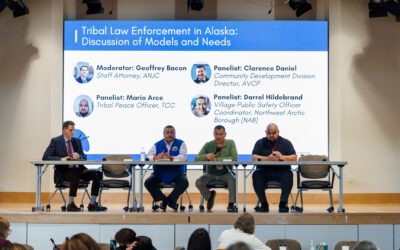 a Inter-Tribal Technical Assistance Working Group (AK ITWG) gathered for its latest meeting, marking another milestone in the growing movement to strengthen tribal justice systems across Alaska. The numbers told a powerful story: 109 attendees represented 26 Alaska Tribes, 11 tribal organizations and nonprofits, and state and federal partners. This is significant growth from the 98 participants who attended the October 2024 meeting.
a Inter-Tribal Technical Assistance Working Group (AK ITWG) gathered for its latest meeting, marking another milestone in the growing movement to strengthen tribal justice systems across Alaska. The numbers told a powerful story: 109 attendees represented 26 Alaska Tribes, 11 tribal organizations and nonprofits, and state and federal partners. This is significant growth from the 98 participants who attended the October 2024 meeting.
Day One: Foundations
The meeting opened with a foundational session on tribal jurisdiction in Alaska, focusing on the Violence Against Women Reauthorization Act of 2022 (VAWA2022) and its implications for Alaska Native communities. For example, VAWA 2022 added tribal jurisdiction over all Natives, not only tribal citizens, within each Tribe’s Alaska Native Village Statistical Area (ANVSA). These technical legal concepts carry profound practical significance: the potential for Alaska Tribes to protect their community members in ways that have been legally impossible for generations.
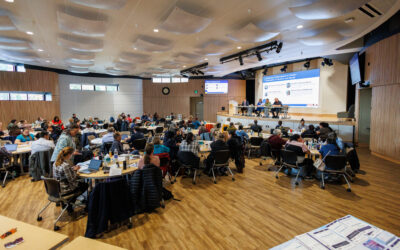
Law Enforcement Models and Experiences
The two afternoon sessions on law enforcement in Alaska Native Villages brought together diverse perspectives from across Alaska’s regions. Participants explored various models including Tribal Police Officers (TPOs), state-funded Village Public Safety Officers (VPSOs), and inter-tribal law enforcement partnerships. The discussions highlighted the unique approaches communities have developed as well as the common challenges Tribes face when it comes to accessing training resources, addressing funding gaps, and strengthening collaboration with state and federal agencies.
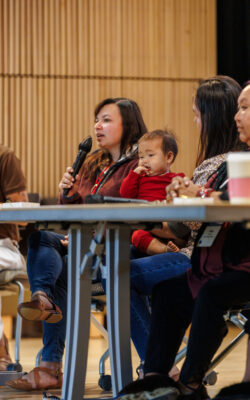
In the second session, tribal representatives shared their firsthand experiences with establishing police departments, building intergovernmental partnerships, navigating cross-deputization agreements, and securing funding. The range of experiences in the room—from communities with established systems to those just beginning to explore options—created valuable opportunities for knowledge sharing and peer learning.
The day concluded with a session on protection orders, addressing the critical intersection of victim safety and jurisdictional complexity. Participants learned about full faith and credit provisions under federal law and discussed the responsibilities of tribal, state, and federal systems in recognizing and enforcing protection orders across jurisdictional boundaries. The session emphasized strategies for building collaborative partnerships to improve enforcement
and uphold the rights of victims in Alaska Native communities—moving beyond jurisdictional barriers to focus on practical solutions that keep people safe.
Day Two: Pathways to Jurisdiction
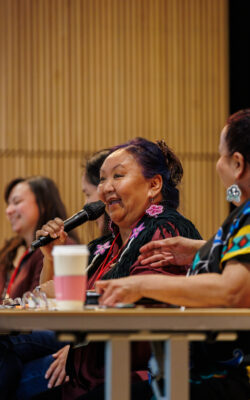
Tuesday morning opened with Tribes in the Lower 48 sharing their experiences with implementing Special Tribal Criminal Jurisdiction over non-Natives. Building on the foundational understanding of tribal jurisdiction in Alaska covered on Day One, this session provided concrete insights into what successful implementation looks like and what challenges Tribes should anticipate as they prepare to exercise this jurisdiction.
The meeting then examined diverse tribal approaches to addressing violence in Alaska Native Villages. Panel discussions featured community-driven strategies from regions across the state, highlighting trauma-informed responses, culturally grounded practices, and approaches focused on meeting victim needs while restoring community well-being.
A central focus of Day Two was the VAWA 2022 Alaska Pilot Program established by the U.S. Attorney General. Participants received detailed information about the three-track structure of the program, learning what participation would entail for Alaska Tribes—including key steps, requirements, and implications for exercising expanded tribal authority. This session translated abstract legal possibilities into concrete pathways forward.
Building Capacity
The practical work of strengthening tribal justice systems requires understanding community needs and accessing appropriate resources. An interactive session on assessing public safety needs guided participants through strategies for mapping community assets, engaging community members, and identifying priorities. Drawing on examples from communities across Alaska, thes
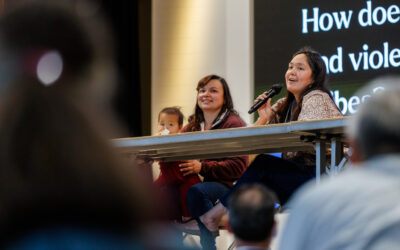
e discussions explored trauma-informed approaches to creating effective and culturally relevant public safety initiatives.
The meeting concluded with a session on available funding, training, and technical assistance. Participants gained understanding of current resources, discussed gaps and emerging needs, and explored how to tailor available support to me
et community priorities while advancing tribal sovereignty in public safety and justice initiatives.
Moving Forward
The September 2025 AK ITWG meeting showed continued momentum in Alaska tribal justice. The growth in attendance reflects increasing engagement with these critical issues. More significantly, the gathering facilitated knowledge sharing across communities at different stages of development, from those with established justice systems to those just beginning to explore their options.
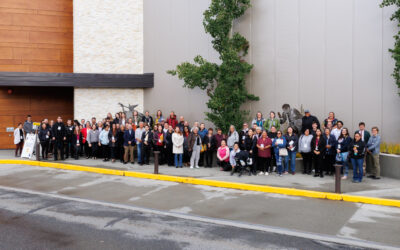
As the echo from last year’s gathering suggested, participants were building “fire in their bellies” for Special Tribal Criminal Jurisdiction. This meeting demonstrated that energy is translating into concrete planning, partnerships, and pathways forward. The Alaska Inter-Tribal Technical Assistance Working Group continues to serve as a vital forum for Alaska Tribes to strengthen public safety
efforts in their communities, particularly as they prepare to exercise Special Tribal Criminal Jurisdiction under the opportunities created by VAWA 2022 through the Alaska Pilot Program.
The path forward depends on sustained collaboration between Tribes, government partners, tribal organizations, and nonprofits. With each gathering, that collaborative network grows stronger, and the vision of Alaska Native communities exercising full authority to protect their people comes closer to reality.
This project was supported by Grant No. 15JOVW-23-GK-05462-MUMU awarded by the Office on Violence Against Women, U.S. Department of Justice. The opinions, findings, conclusions, and recommendations expressed in this publication are those of the author(s) and do not necessarily reflect the views of the U.S. Department of Justice.

